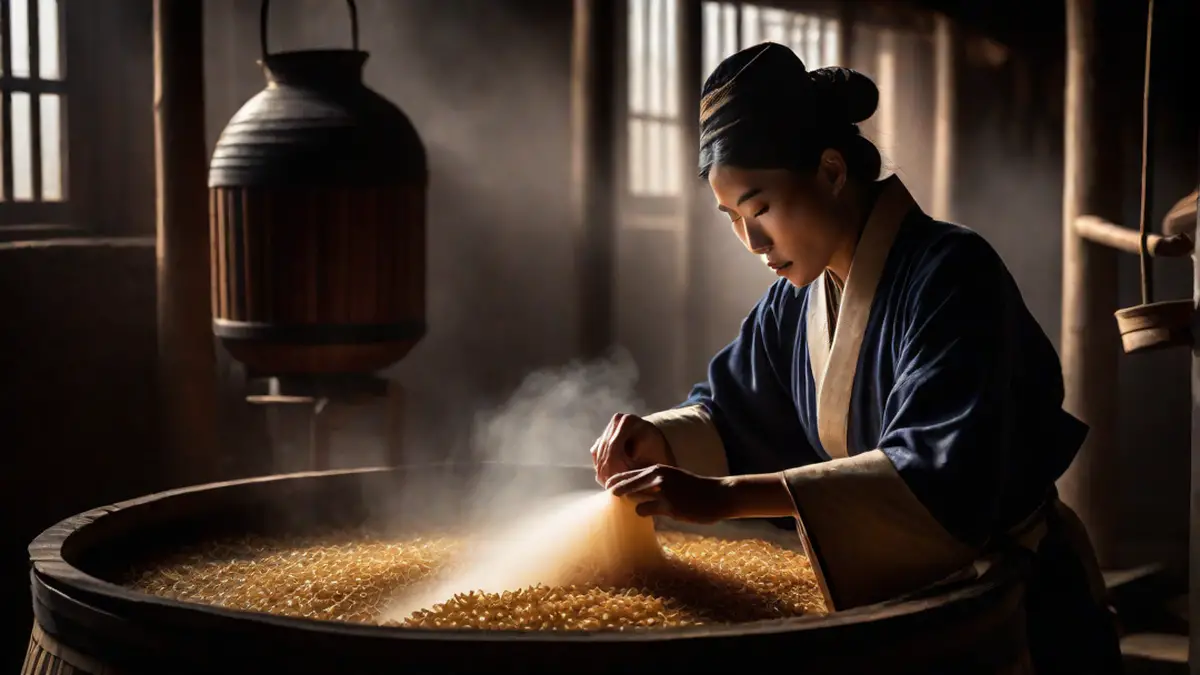Today, I would like to tell you about my personal journey and advice on creating brewing yeast from the beginning. Being an enthusiastic homebrewer, I am convinced that brewing yeast is essential in shaping the taste and scent of the ultimate beer. Therefore, let us delve into the craftsmanship of making brewing yeast!
Understanding Brewing Yeast
Before we jump into the process of making brewing yeast, let’s take a moment to understand what it actually is. Brewing yeast is a single-celled organism, scientifically known as Saccharomyces cerevisiae, which converts sugars into alcohol and carbon dioxide during the fermentation process. It is the magic ingredient that transforms sweet wort into delicious beer.
Growing Yeast Cultures
The first step in making brewing yeast is to grow a healthy yeast culture. Start by sterilizing all the equipment you’ll be using, including flasks, airlocks, and stir bars, to ensure a clean environment for yeast propagation.
Next, prepare a yeast starter solution by combining a malt extract with water. This solution provides the necessary nutrients to promote yeast growth. Boil the mixture to dissolve the extract and then cool it to room temperature.
Once the starter solution has cooled, add a package of liquid yeast or a slurry from a previous batch of beer. Gently stir the mixture to ensure the yeast is evenly distributed. Cover the flask with sanitized foil or an airlock to prevent contamination.
Place the flask in a warm and dark area, ideally around 70-75°F (21-24°C), for the yeast to propagate. Over the next few days, you’ll notice signs of fermentation, such as bubbling and a frothy layer on top. This indicates that your yeast culture is healthy and ready for use.
Harvesting and Storing Yeast
Once your yeast culture is thriving, it’s time to harvest and store it for future use. Start by sanitizing a mason jar or similar container and a funnel. Carefully transfer the yeast culture into the jar, leaving some headspace to allow for expansion.
Refrigerate the jar to slow down yeast activity and extend its lifespan. The cold temperature will cause the yeast to settle at the bottom, forming a creamy layer. This layer is known as the yeast cake.
When you’re ready to use the yeast for another batch of beer, carefully decant the liquid on top of the yeast cake. You can then pitch the desired amount of yeast into your freshly brewed wort. Remember to allow the yeast to come to room temperature before pitching to avoid temperature shock.
Conclusion
By making your own brewing yeast, you have the opportunity to experiment and create unique flavors in your homebrewed beers. It’s a rewarding process that allows you to have greater control over the fermentation process and the final outcome of your brews.
So, why not give it a try? With a little practice and patience, you’ll be able to cultivate your own brewing yeast and take your homebrewing skills to the next level. Cheers to delicious beers!




